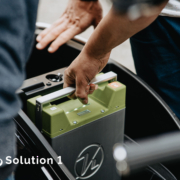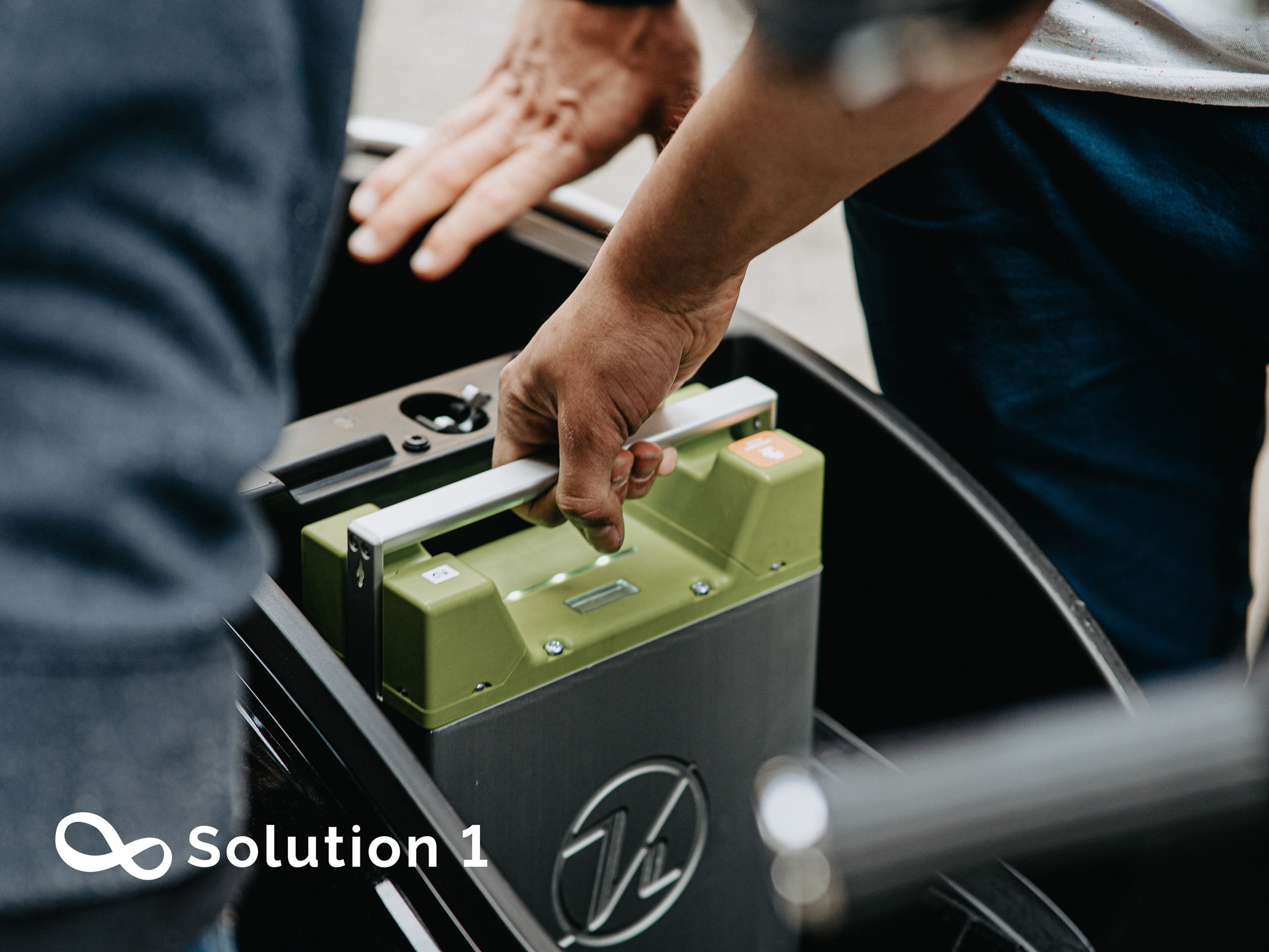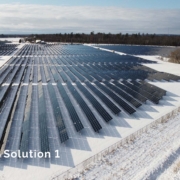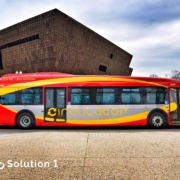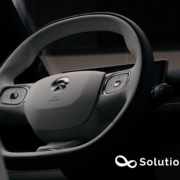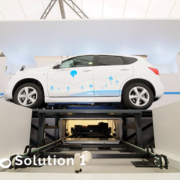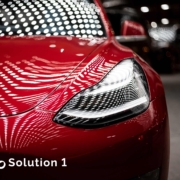Battery Swapping Stations: A Convenient and Cost-Effective Solution for EV Users?
In recent years there has been a growing interest due to the rising price of oil, government incentives that facilitate the acquisition of these vehicles, and the progress of technological developments that allow the EV to be competitive in the vehicular market.
“According to Navigant Research, the average price of fuel will probably continue to rise during this decade, boosting the EV demand. This is corroborated by the sales of electric vehicles in the global car market. Some studies have estimated that throughout the year 2030, the proportion of electric vehicles would reach 64% of the total of light vehicles. Regarding Colombia, a large increase in the use of EVs is expected for the next years. Within this context, the International Energy Agency estimates that the transport sector will represent 10% of the total energy consumed in 2050 due to the increase in electric vehicles.”
Integrating electric vehicles into the electrical power system has several repercussions since their inclusion generates a high impact on the distribution network, by consuming a large amount of electrical energy that can cause undesirable peaks in the demand curve and possible overloads in transformers and primary circuits.
The investigations related to EVs begin in the ’70s, in which studies on their electrical requirements and the impact they generate on the distribution network and the generating plants are carried out. In 1993, expectations of the sale of energy for vehicles were inquired, emphasizing the peaks of the curve demand that they can produce in hours of high demand, arriving at the conclusion that the distribution systems of the time would not be able to withstand EV penetration greater than 20%.
The concept that requires the least changes compared to the current driving habits is the battery swapping station, where electric vehicles come to swap their depleted batteries with fully charged ones and pay a fee for the service. The most common battery swapping station concept is the one where the batteries are owned by the battery swapping station and leased to the customers. Since all the battery-related costs, such as operation, maintenance, and degradation costs, are managed and remunerated by the BSS, the customers are not concerned by the battery’s state of health.
Users that use only battery swapping stations do not have to invest in home charging equipment. From the customer’s point of view, the idea of leasing the battery from the battery swapping station instead of purchasing it with their electric vehicle becomes more appealing because the price of the battery constitutes a large share of the electric vehicle’s total price. As battery prices are dropping, the idea of leasing the batteries may seem less appealing. However, this trend also potentially reduces battery leasing prices.
There are users who would predominantly use home or public charging, and battery swapping station services only occasionally, such as during longer trips. These users are generally interested in taking care of their own battery and would not be interested in having their battery swapped for one of the unknown characteristics, such as state-of-health. For these types of users, the battery swapping station would be used to swap on the way to their long-distance destination, and they would require another swap on their way back, where they would retrieve their original battery, which has been charged in the meantime.

